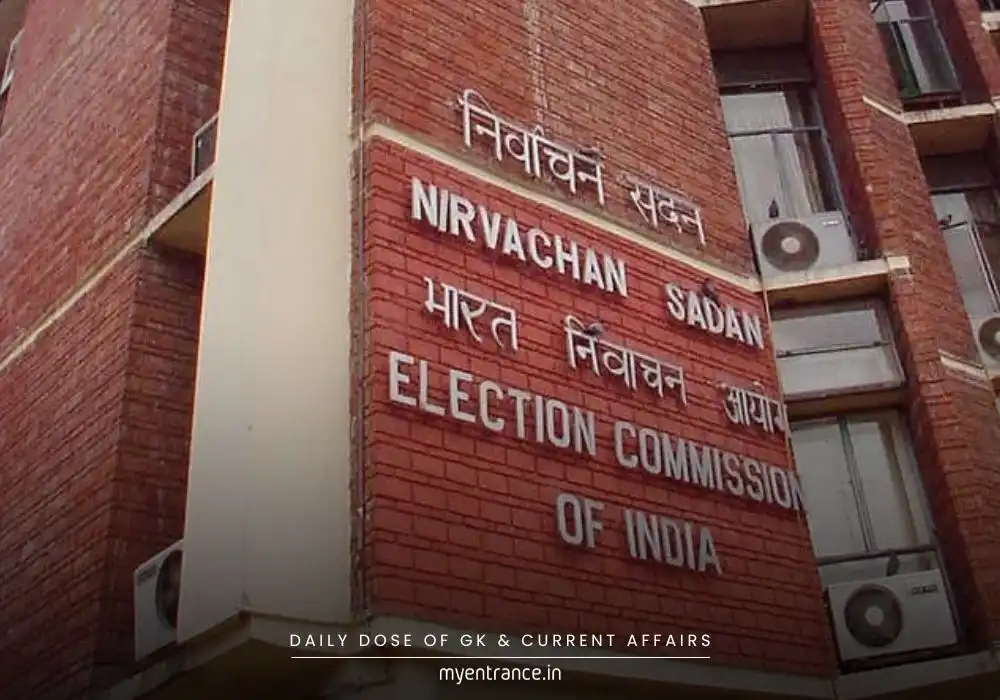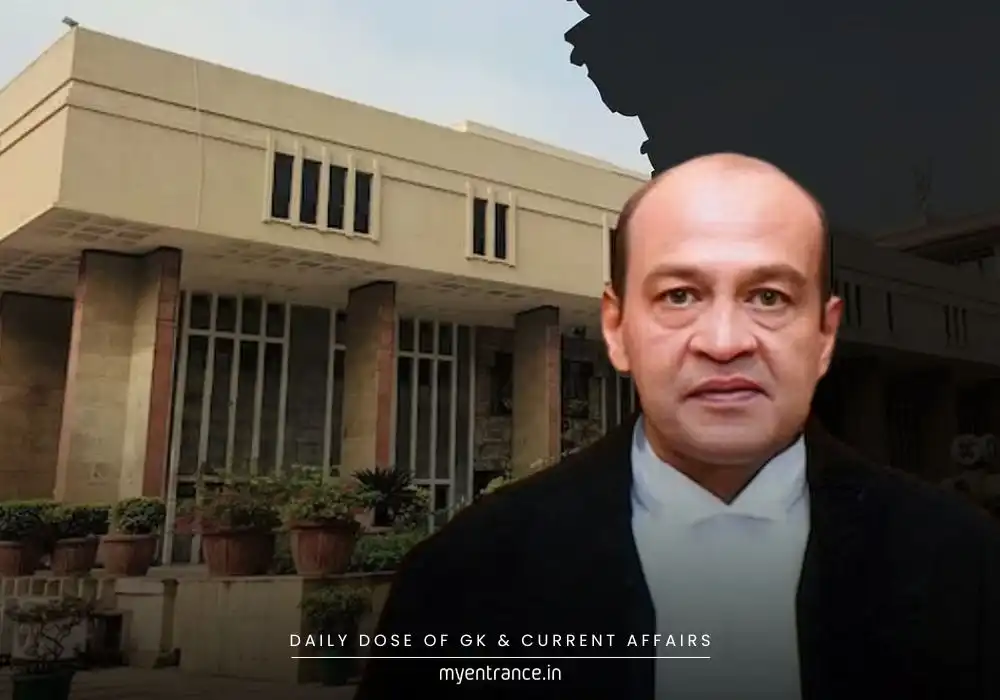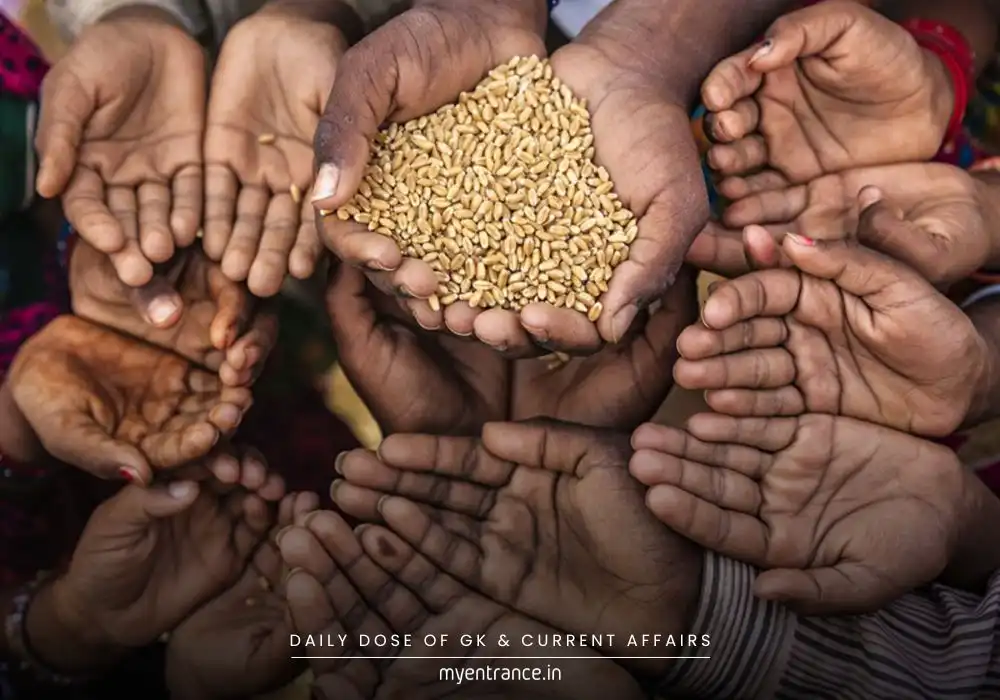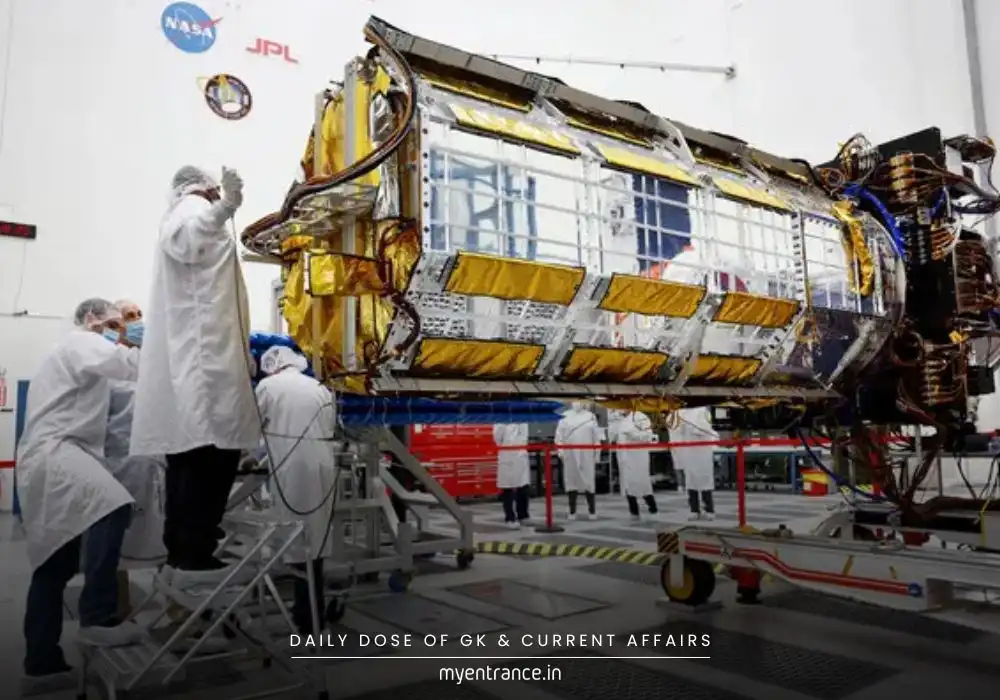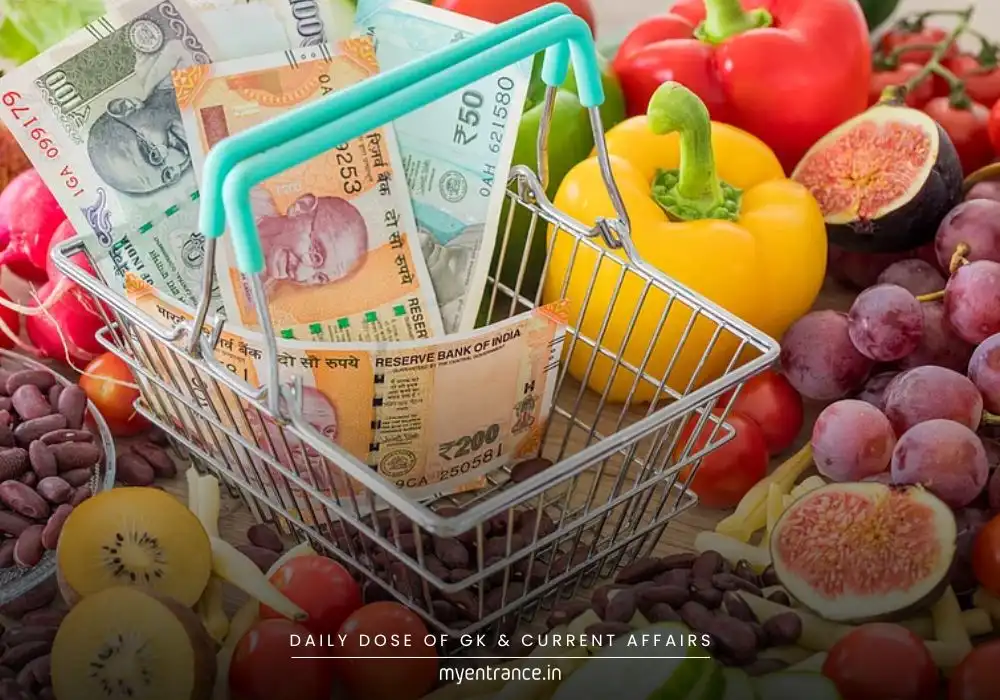Translate Language
Why is India’s Soil Health the Hidden Key to Ending Malnutrition?
India boasts record food exports and massive grain reserves, yet 35% of children remain stunted. The paradox lies beneath our feet: degraded soils producing nutrient-poor crops. Beyond filling plates, we must nourish bodies – making soil health a national health emergency.
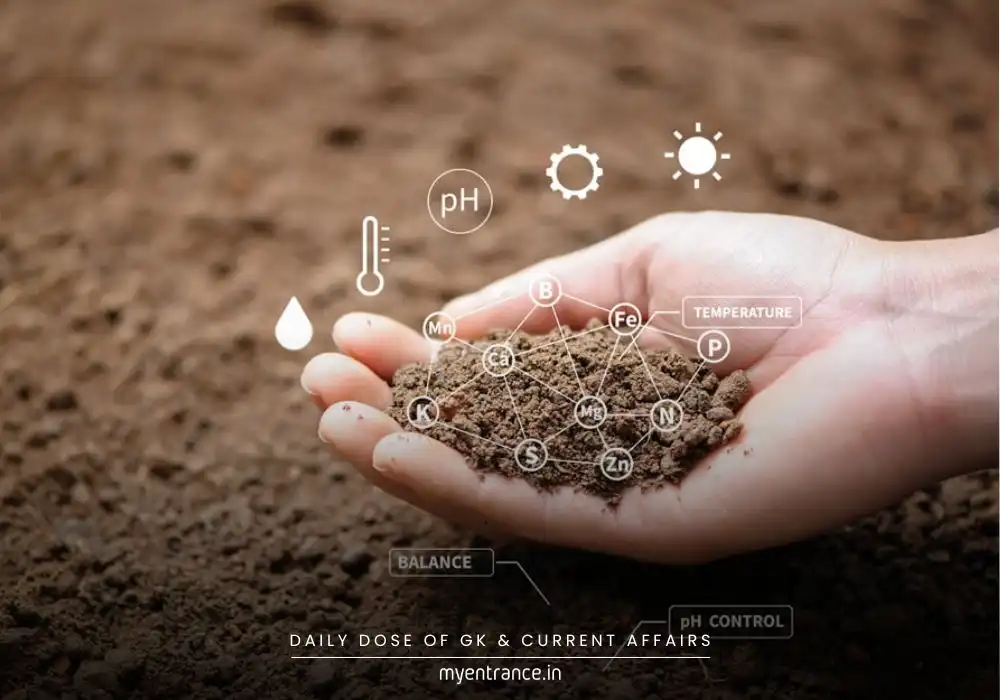
The Soil Crisis: Beyond Food Security to Nutrient Security
India’s agricultural success is undeniable. We exported 20.2 million tonnes of rice in FY25 – a third of the global market. Our PM-Garib Kalyan Yojana feeds 800 million people with free grains, and poverty has plummeted to 5.3% (from 27% in 2011). But National Family Health Survey-5 reveals a grim contradiction:
35.5% of children under five are stunted
32.1% are underweight
19.3% suffer from wasting
Why the disconnect? The answer is in our soil.
The Invisible Link: Soil, Crops, and Human Health
Nutrient-Deficient Soil = Nutrient-Deficient Food: Soils lacking zinc, iron, or boron grow crops with the same deficiencies. For example, low-zinc rice directly contributes to childhood stunting.
Soil Organic Carbon (SOC) Crisis: SOC governs soil fertility and nutrient efficiency. While the Indian Institute of Soil Science considers 0.5-0.75% SOC adequate, Nobel laureate Rattan Lal insists 1.5-2% is essential for true health. Most Indian soils fall critically short.
ICU for Soils: Over 50% of Indian soils suffer acute deficiencies in sulphur, zinc, and boron. Without urgent “soil ICU” interventions, malnutrition will persist despite surplus grains.
Soil Health Card: Diagnosis Isn’t Enough
The Soil Health Card Scheme was a revolutionary first step – testing soil and prescribing nutrient balances. But we need a paradigm shift:
From Uniform to Tailored Nutrition: One-size-fits-all urea subsidies must give way to customized fertiliser blends addressing specific soil deficiencies.
Beyond Yield to Nutrition: Policies should incentivize nutrient-dense crops, not just high-calorie output.
Global Collaborations: Initiatives like the ICRIER-OCP Nutricrops partnership aim to scale data-driven, region-specific soil solutions – blending tech with sustainability.
Q&A for Competitive Exams
Q1: How does soil health directly impact human nutrition in India?
*A1: Nutrient-deficient soils (e.g., low zinc/iron) produce crops with reduced micronutrients. Consuming these crops leads to “hidden hunger,” contributing to anemia, stunting, and wasting despite adequate calorie intake.*
Q2: What is the significance of the Soil Health Card Scheme?
A2: Launched in 2015, it assesses soil nutrient status and prescribes fertiliser combinations. It aims to shift farmers from blanket urea use to balanced nutrition, boosting productivity and sustainability.
Q3: Why does India face malnutrition despite surplus food stocks?
*A3: India focuses on calorie-rich staples (rice/wheat) but neglects micronutrient density. Soil depletion reduces nutritional quality, creating a paradox where food availability ≠ nutrition security.*
Q4: Compare India’s SOC standards with global benchmarks.
*A4: India’s official SOC adequacy is 0.5-0.75%. Globally, scientists like Rattan Lal advocate 1.5-2% for climate-resilient soils. This gap affects water retention and nutrient efficiency.*
Q5: How can fertiliser management support sustainable agriculture?
*A5: Precision farming using soil data can replace chemical-heavy practices. Customised fertilisers reduce environmental harm, lower input costs, and enhance nutrient uptake – aligning with SDGs.*
Get 3 Months Free Access for SSC, PSC, NIFT & NID
Boost your exam prep!
Use offer code WELCOME28 to get 3 months free subscription. Start preparing today!




